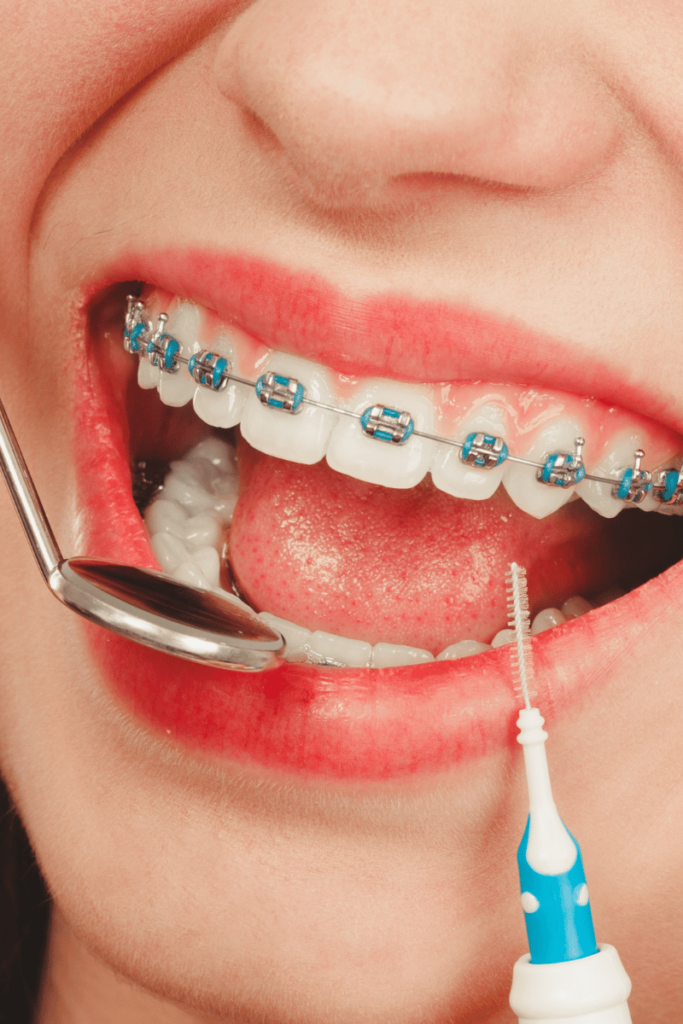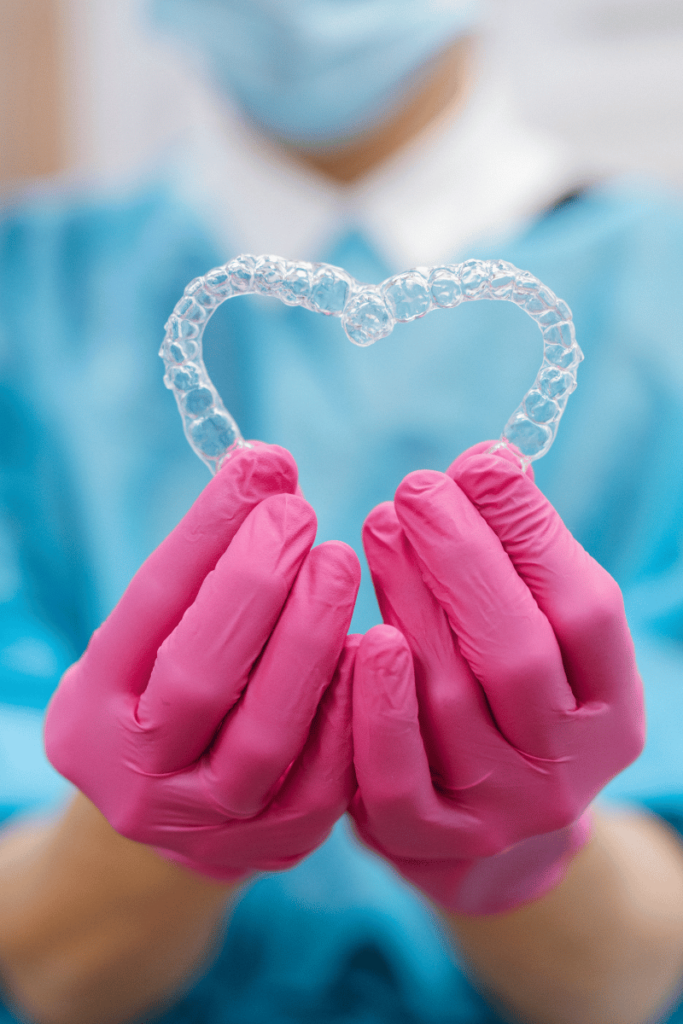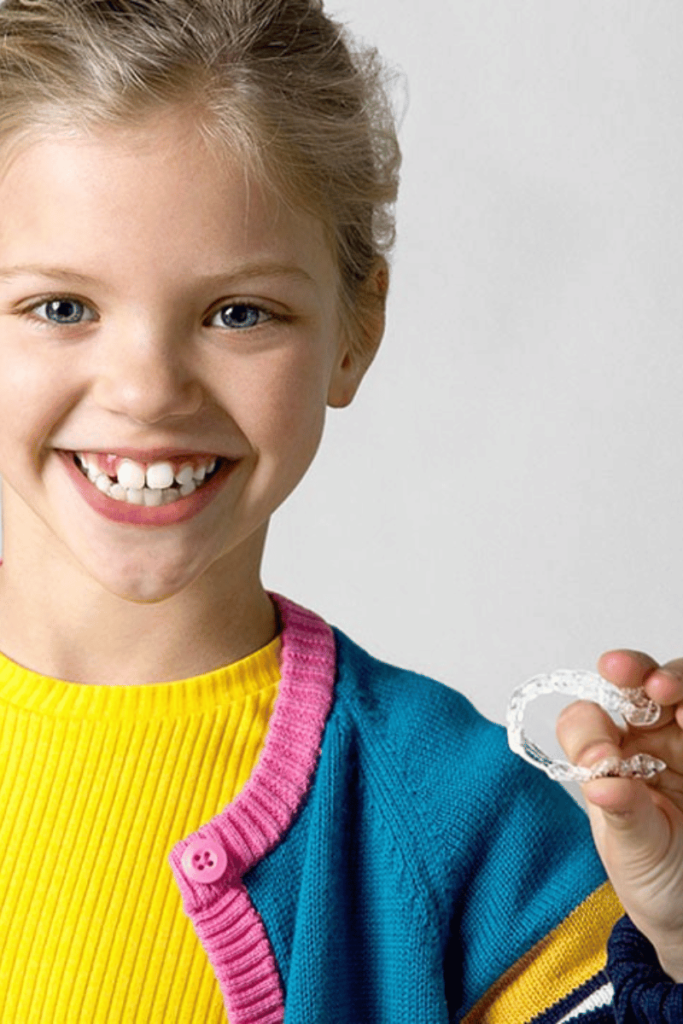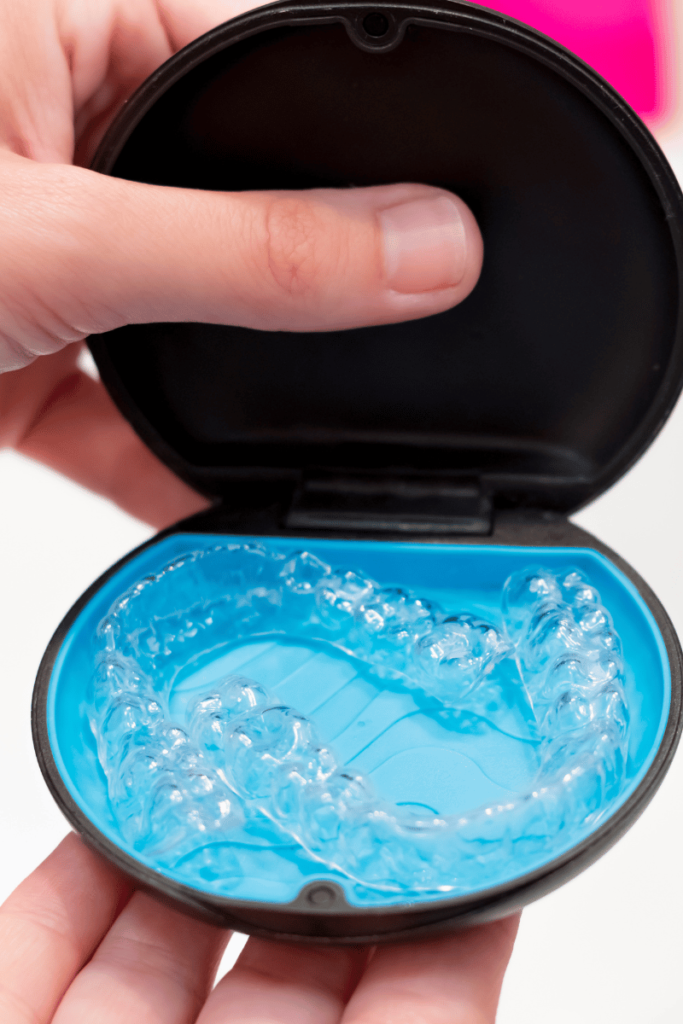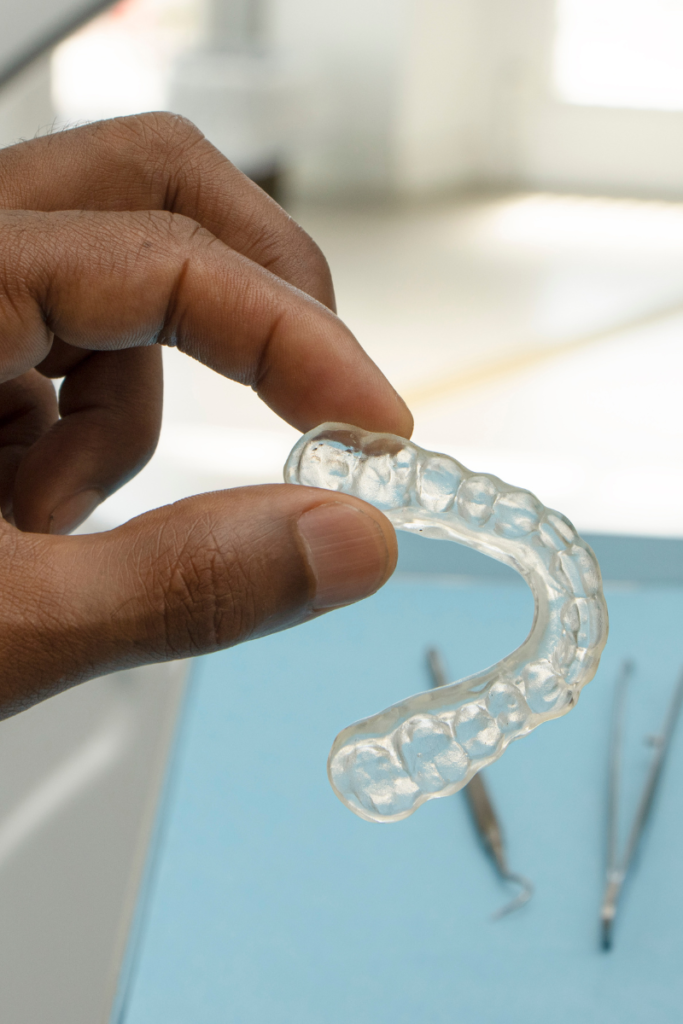Eating With Braces
June 25th, 2025
The Best Braces-Friendly Snacks: What to Eat with Braces as a Patient at Hester and Morris Orthodontics



At Hester and Morris Orthodontics in Valdosta, GA, we know that adjusting to life with braces can be a big change, especially regarding your favorite snacks. Choosing the right foods protects your braces and helps your treatment go smoothly and comfortably. To help make things easier (and tastier), we’ve put together a list of the best braces-friendly snacks that are safe, satisfying, and smile-approved!
1. Soft Fruits
Bananas, applesauce, and seedless watermelon are great options. You can also enjoy sliced or peeled apples and pears—just cut them into small, bite-sized pieces. And as we're located in South Georgia, peaches are always okay!
2. Dairy Delights
Cheese cubes, yogurt, and smoothies are excellent, soft, nutritious, and calcium-rich snacks that are great for growing teeth and bones. And they are easy to chew, too!
3. Baked Goods
Soft muffins, pancakes, and tortillas can be satisfying snacks or quick breakfasts. Just avoid anything with nuts or hard crusts.
4. Cooked Vegetables
Steamed carrots, mashed potatoes, and roasted sweet potatoes are gentle on braces and provide important nutrients.
5. Protein Picks
Scrambled eggs, soft deli meats, or hummus with pita bread are filling and easy-to-chew options that keep you fueled throughout the day.
6. Treat Yourself (Carefully!)
Pudding, gelatin, and ice cream (without nuts or sticky toppings) are sweet ways to treat yourself while still being braces-safe.
Avoid hard, sticky, or chewy foods, such as popcorn, nuts, gum, and chewy candies, that can damage your braces.
At Hester and Morris Orthodontics, we’re here to support you on your smile journey. If you ever have questions about what’s safe to eat, just give us a call or ask during your next appointment!
Ready to schedule a visit? Contact us today and live life smiling, Valdosta!

